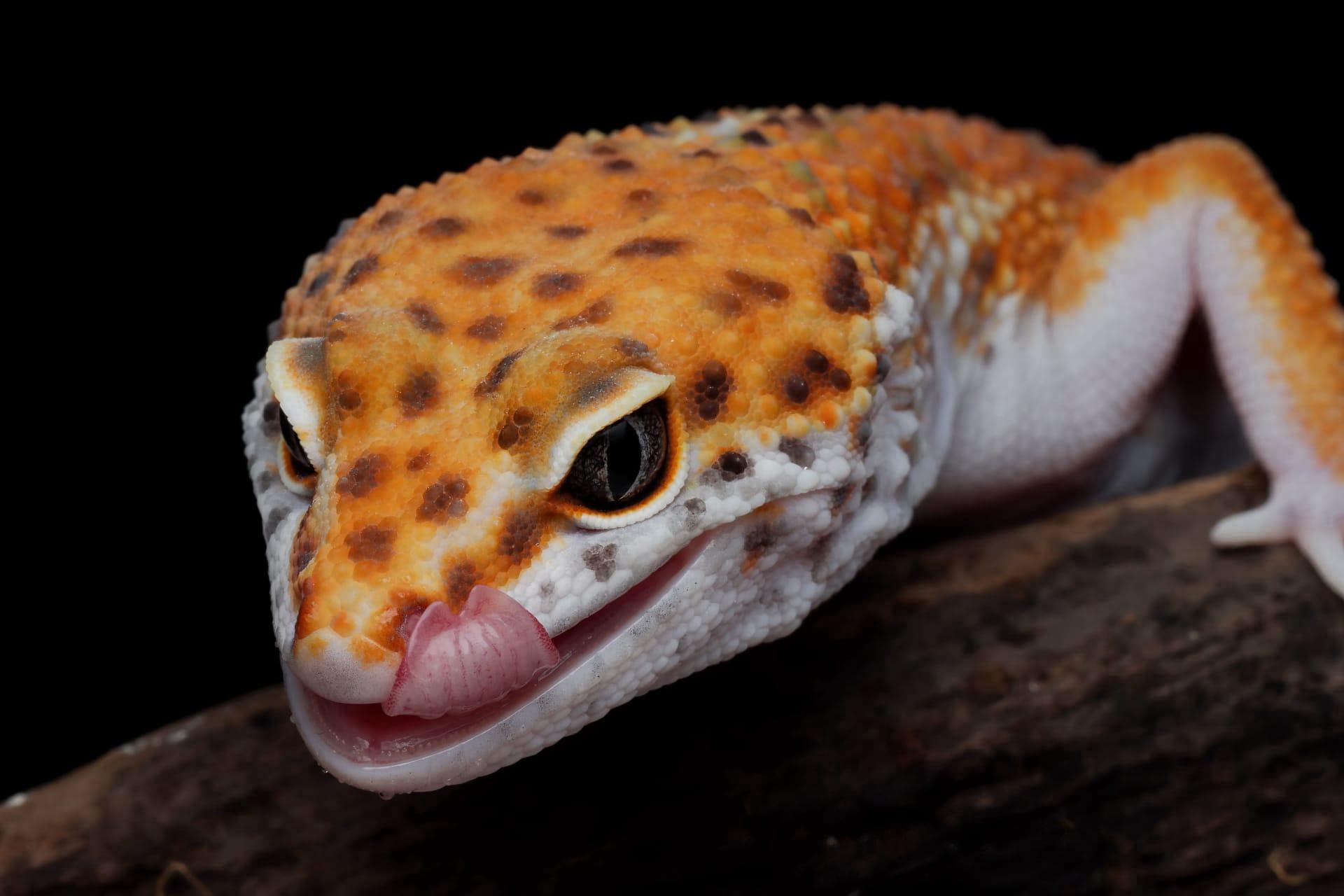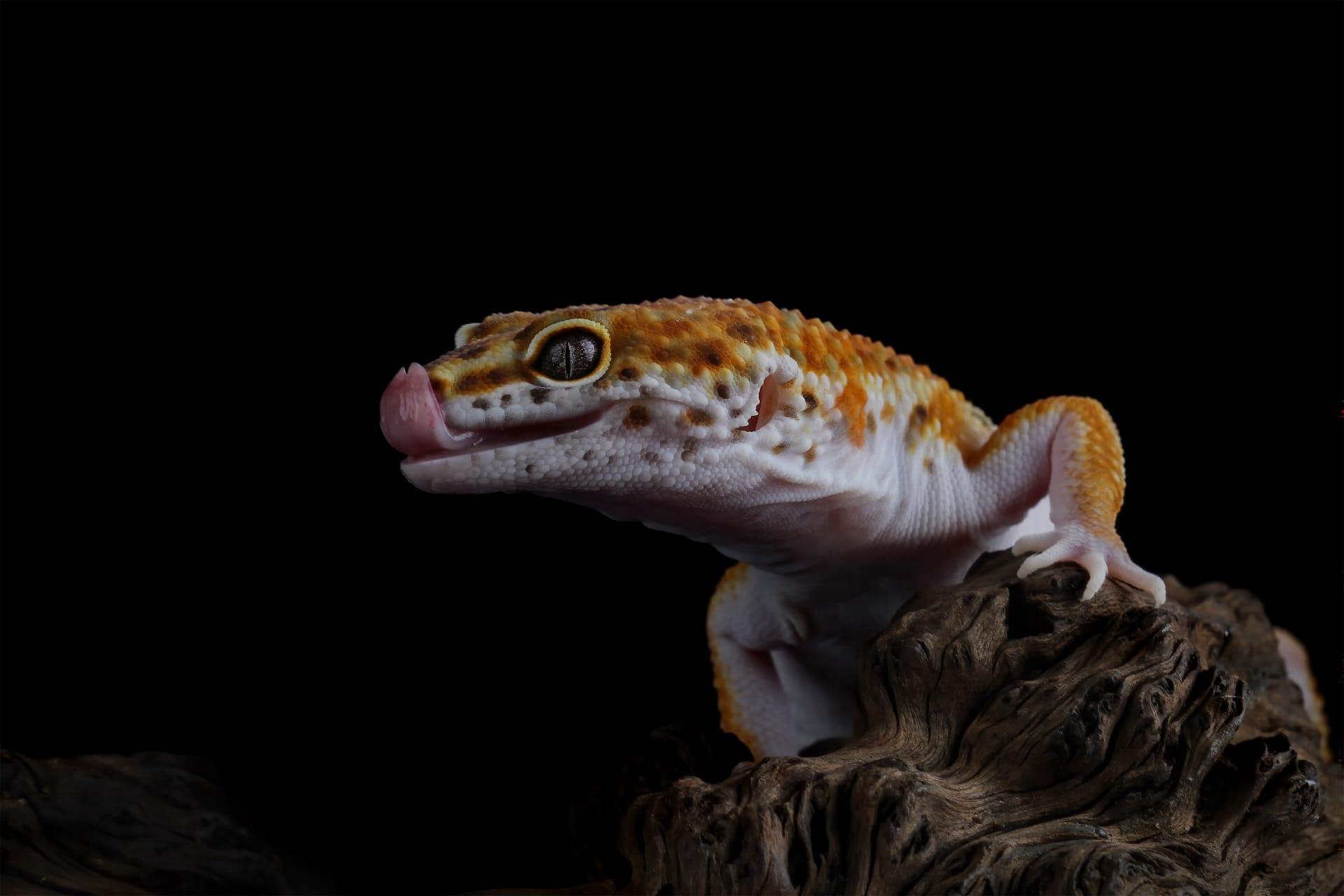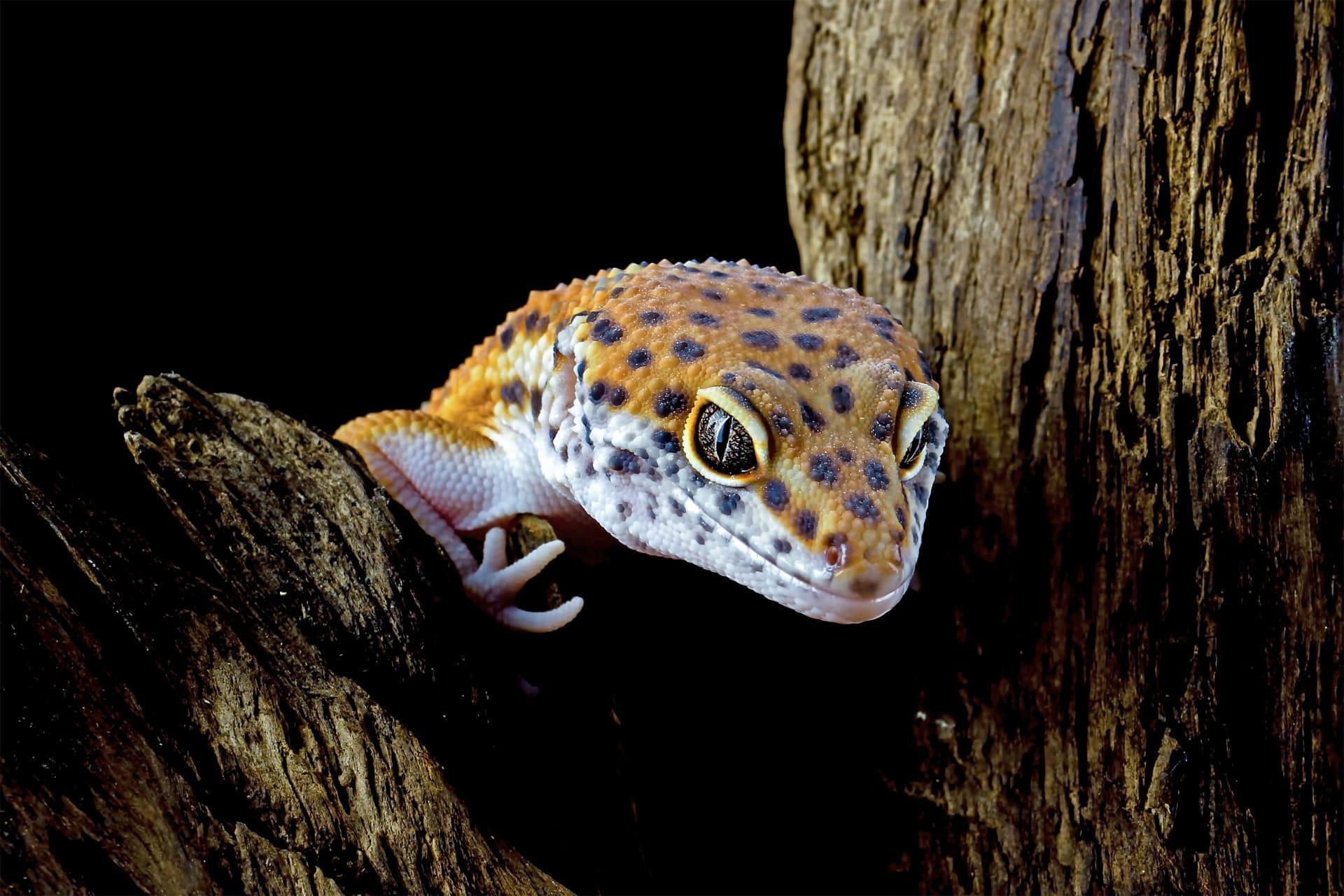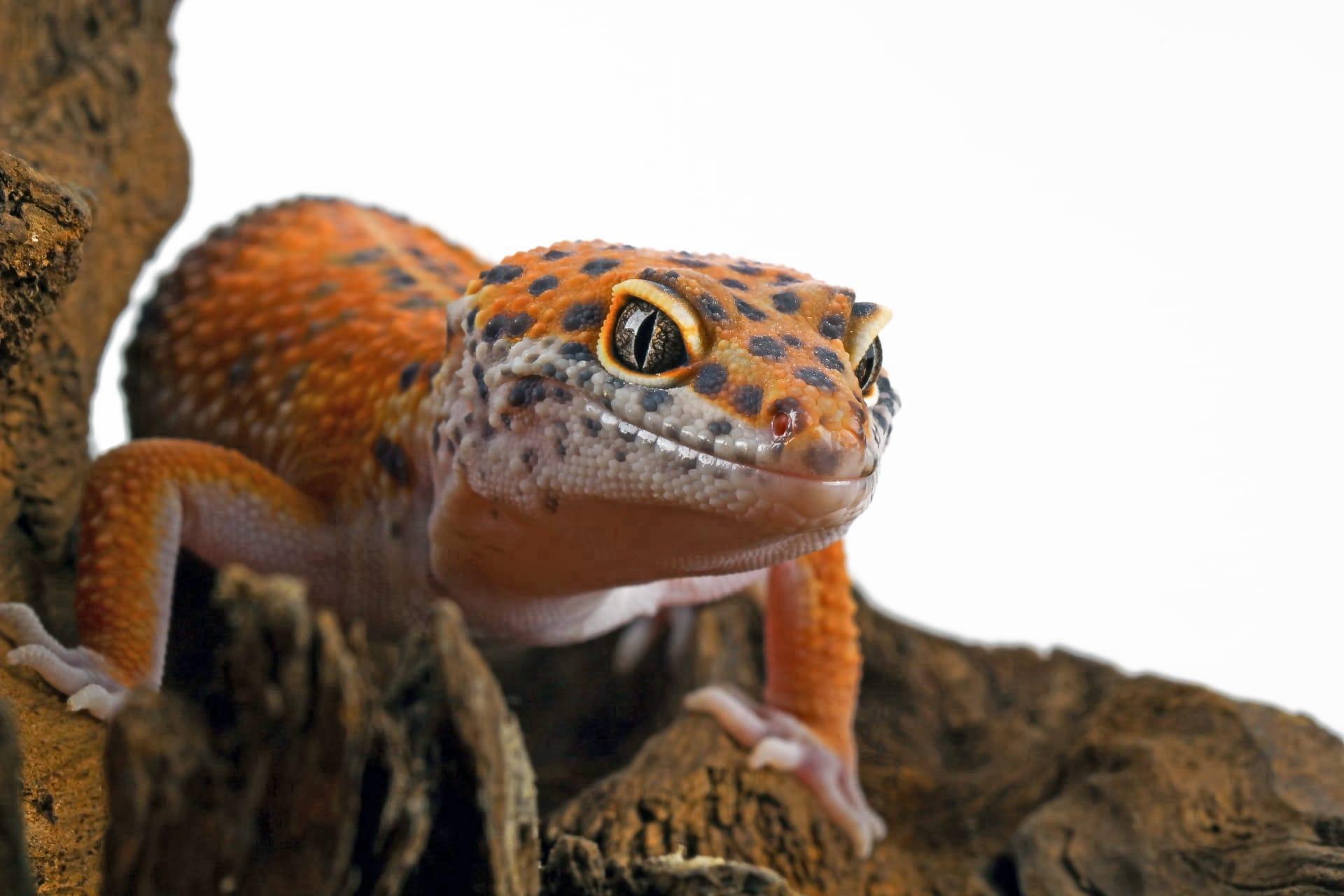1
Geckos are renowned for their remarkable climbing abilities, a feat made possible by the unique structure of their feet. Each toe of a gecko is covered with hundreds of tiny hair-like structures called setae, which are further divided into thousands of even tinier bristles named spatulae. These microscopic spatulae increase the surface area of the gecko's feet, allowing them to adhere to surfaces by taking advantage of van der Waals forces. This type of molecular attraction enables geckos to climb a variety of surfaces, including smooth glass, without the use of liquids or surface tension.
Another intriguing aspect of geckos is their ability to regenerate lost tails. This phenomenon, known as autotomy, allows a gecko to escape predators by shedding its tail, which continues to wriggle and distract the predator while the gecko makes its escape. Remarkably, a gecko can regrow its tail within a few weeks, and the new tail often contains cartilage instead of the original bone structure. This regenerative ability is not just a simple wound healing process but involves complex tissue regeneration, including muscles, skin, and spinal cord.

2
Geckos have evolved to be vocal communicators, a trait not common in many lizard species. They use chirps, clicks, and barks to communicate with each other, especially during mating seasons. These sounds are used to attract mates, establish territory, or warn off rivals. The pitch and frequency of these vocalizations can vary greatly among different gecko species. For instance, the common house gecko emits a distinctive chirping sound, often heard in urban and rural areas where they live in close proximity to humans.
The eyes of a gecko are incredibly efficient, allowing them to see up to 350 times better than a human in low light conditions. This nocturnal vision is made possible by a high number of photoreceptors in their retinas and a unique concentric pattern in their pupils that opens wide in the dark. This adaptation is crucial for their survival, enabling them to hunt for insects and other small prey during the night. Additionally, geckos lack eyelids; instead, they have a transparent membrane that they lick clean, ensuring their vision remains unobstructed.

3
Geckos exhibit a fascinating variety of colors and patterns across different species, used for camouflage, thermoregulation, and social interactions. Some species can even change their skin color in response to their environment, mood, or temperature, a capability akin to chameleons, though not as pronounced. This color-changing ability is due to specialized cells in their skin called chromatophores, which contain different pigments that can expand or contract to alter the gecko's coloration.
Another remarkable fact about geckos is their unique reproductive strategy. Many gecko species are parthenogenetic, meaning the females can reproduce without mating with a male. This form of asexual reproduction allows for rapid population growth, as every individual is capable of producing offspring. In some species, like the New Mexico Whiptail Gecko, populations consist entirely of females, with no males present at all. This reproductive strategy is advantageous in environments where finding a mate is challenging.

4
Geckos have a varied diet that primarily includes insects, making them natural pest controllers. Their appetite for mosquitoes, flies, and other small insects is beneficial in human habitats, contributing to the control of insect populations. Some larger species of geckos may also consume small mammals, reptiles, and birds. Geckos use their keen sense of sight and stealthy movement to hunt their prey, striking swiftly and accurately.
The lifespan of geckos varies significantly among species, with some living as little as a few years, while others can live up to 20 years in the wild. In captivity, under optimal conditions, some gecko species can even surpass 20 years. Factors affecting their lifespan include predation, habitat conditions, and availability of food. In general, larger species of geckos tend to have longer lifespans compared to smaller species.

5
Geckos play a significant role in many ecosystems, both as predators and prey. They help maintain a balanced insect population, serving as a natural form of pest control. At the same time, they are a vital food source for larger animals like birds, snakes, and larger lizards. This dual role highlights their importance in biodiversity and ecosystem health.
Geckos have inspired numerous scientific studies and technological advancements. Their adhesive toe pads have been a subject of biomimicry, leading to the development of advanced adhesives and climbing robots. Understanding the mechanisms behind gecko adhesion has potential applications in various fields, from medical devices to space technology. This ongoing research underscores how studying geckos can lead to innovative solutions and technological breakthroughs.